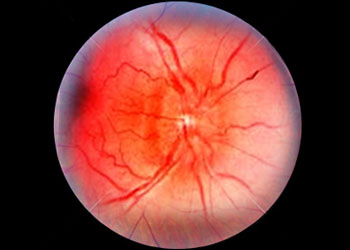Did you miss the July 18th issue of the Ophthalmology Times eReport? In this e-newsletter we released information on optic neuritis treatments, the Women in Ophthalmology (WIO) summer symposium, transcorneal electrical stimulation, and more. Check out the articles in this issue below.
Optic neuritis treatments vary greatly for NMO and MS
Optic neuritis in juvenile neuromyelitis optica (NMO) is a potentially blinding disease in pubescent and post-pubescent patients in the French West Indies. The treatments used for relapses of the disease and prevention are not well defined; however, they are very different from those used to treat patients with multiple sclerosis (MS). The critical need is to be able to differentiate between MS and NMO before treatment is initiated to preserve the visual and motor functions of those young patients, according to Rabih Hage, MD. Read more
Oral uveitis agent set for phase III trial
Patient enrollment has been completed for a phase III clinical trial of oral voclosporin (Luveniq, Lux Biosciences) for the treatment of non-infectious uveitis. Read more
Ophthalmic Women Leaders partners with Women in Ophthalmology for WIO Summer Symposium
Ophthalmic Women Leaders (OWL) is participating in the Women in Ophthalmology (WIO) summer symposium in Williamsburg, VA. Read more
RP studies look at implants and transcorneal electrical stimulation
Updates on research into therapies for both early- and late-stage retinitis pigmentosa (RP) were presented at the Retinal International World Congress. Read more
Dr. Osher receives latest Kelman Award at the Brazilian Congress of Ophthalmology
Ophthalmology Times Associate Medical Editor Robert H. Osher, MD, received the Kelman Award at the Brazilian Congress of Ophthalmology. Read more
University of Tennessee to feature lecture by glaucoma expert, M. Bruce Shields, MD
Glaucoma expert M. Bruce Shields, MD, will lecture at the Hamilton Eye Institute at the University of Tennessee (UT) Health Science Center Department of Ophthalmology. Read more
Topcon introduces new device, celebrates 80 years
Topcon Medical Systems has introduced a new computerized lensmeter (CL-300 Computerized Lensmeter) in U.S and Latin American markets. Read more



